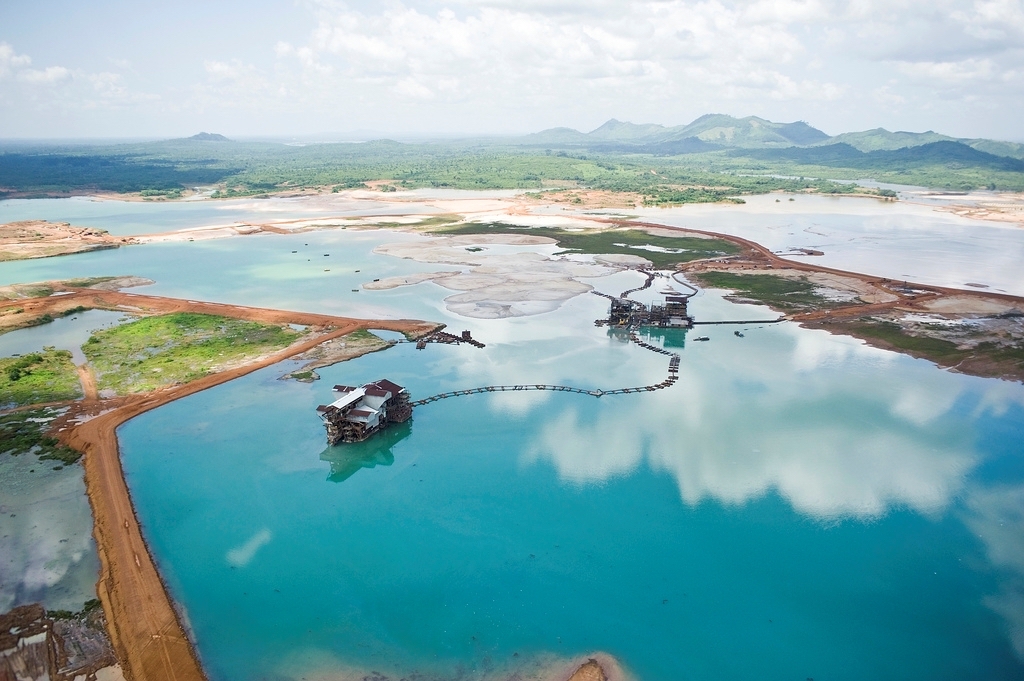Environmental Situation Analysis
Analyzing the environmental issues and concerns in a societal context

Analyzing the environmental issues and concerns in a societal context
Understanding the environmental context of an area of operations is a pre-requisite for an efficient response. When analyzing the current and potential future environmental conditions, it is important to reflect on how drivers of environmental change (such as urbanization and climate change) will affect ecosystem functions and services, as well as human well-being (see here for detailed information). This requires an understanding of the sources of risk stemming from the environment, but also risks to the environment. For example, degraded ecosystems may in the long run lead to a lack of clean water or reduced soil fertility, which in turn will affect human health and livelihoods.
Emergency managers will find that a lot of environmental data is of direct relevance for their work to prepare for disasters. Such data includes climate data, the location of protected areas, vegetation/land cover, pollution measurements, topographical and hydrological data, biodiversity levels, availability of natural resources, and natural hazard data. Useful sources of information include satellite images and maps, project reports from national and international environmental agencies, local knowledge and natural resources, environmental assessments, national/international environmental databases, wildlife and fisheries management plans, development plans, and land tenure records. In addition, various openly accessible databases on environmental performance exist that can be used to develop a general understanding of the environmental conditions of a country / region (see Guidance and Resources for specific examples).
Risk analysis provides a common understanding and prioritization of risks, and should include existing environmental conditions and threats
Addressing environment as part of preparedness planning lays the foundation for its integration into humanitarian action.
Communicating risks effectively to populations and communities is essential for people to be able to be better prepared and to reduce the damaging impacts of hazards.
Policies supported by institutional frameworks and legal arrangements make up the disaster risk management framework. In order to systematically integrate environmental concerns in humanitarian action, one must consider the institutional arrangements governing disaster preparedness, response, recovery and emergency funding.
An understanding of evolving risks is fundamental to a timely and effective response. The analysis of disaster risks informs the planning of a response, while monitoring ensures that the process is responsive to changing contexts




